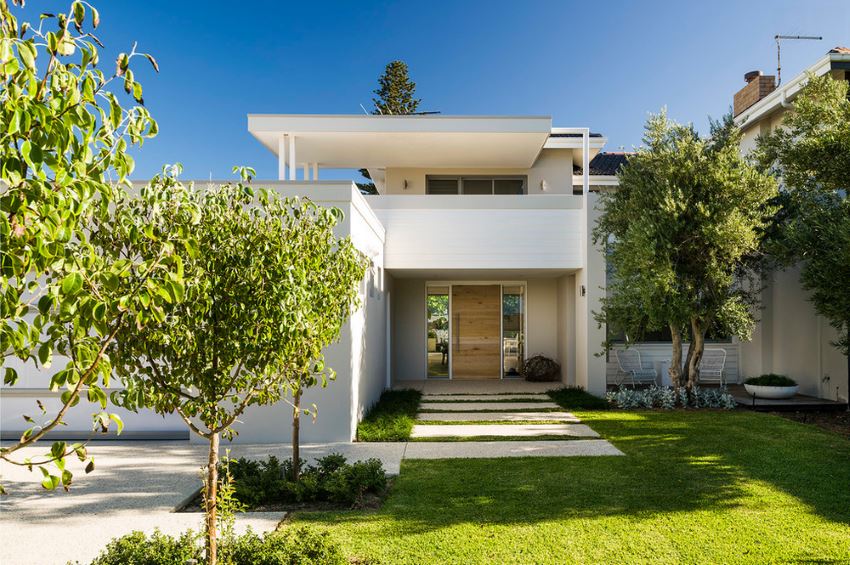Spring is here and summer is on the way. How is your lawn looking? If you’ve noticed trouble spots, you’re not alone. Lawn care shouldn’t be difficult, but achieving that lush green grass we all dream of requires regular maintenance. Even when that commitment is made, unexpected obstacles can arise, such as lawn pests. Read on for some helpful tips on maintaining green grass, identifying possible issues and creating a beautiful lawn in your outdoor space… [photo from Garden Arts]

Basic Lawn Care Tips
Let’s start with the basics! Sometimes it’s as simple as knowing when to hold back. A case in point: don’t over-fertilize your lawn. Believe it or not, repeatedly encouraging your lawn to rapidly grow can make it susceptible to disease and pests. [photo from Shades of Green Landscape Architecture]
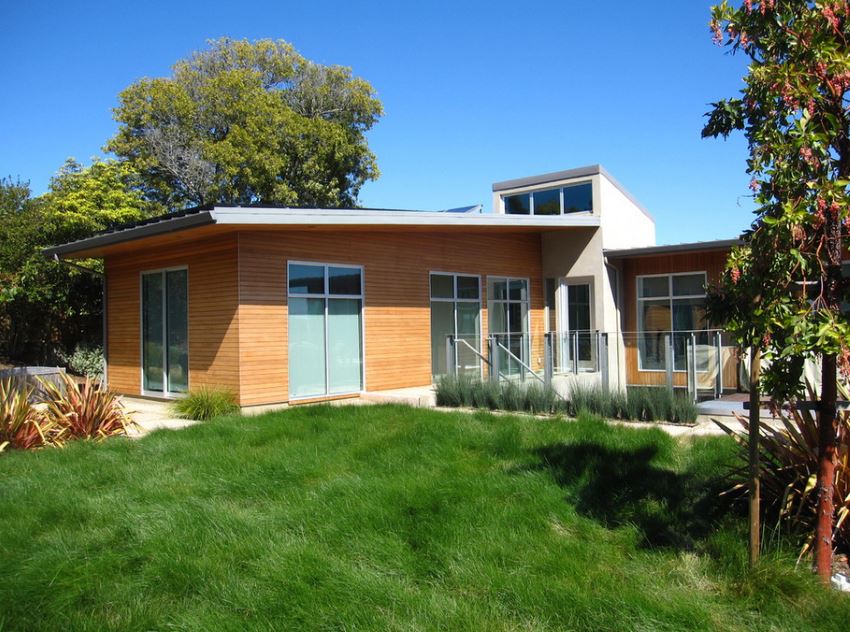
While some recommend fertilizing multiple times a year, others suggest fertilizing only once a year (for example, in the fall). Consult an expert, such as a professional at your local nursery, to find out the best month(s) to fertilize the lawn in your area/climate. Avoid the temptation to over-fertilize. [photo from Be Fresh Water Friendly]

In addition, avoid fertilizers with heavy chemicals. While they may temporarily cause your lawn to quickly grow green, this quick growth does not promote healthy grass. [photo from Garden Arts]
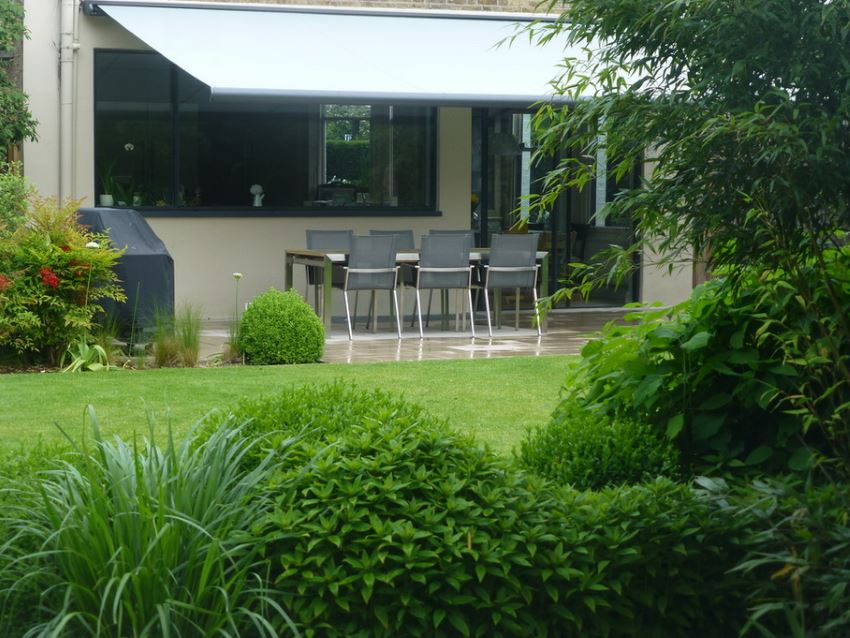
Often organic fertilizer is best. Do your research, talk to lawn care professionals, and choose a quality fertilizer without high nitrogen levels. It may be more expensive than the chemical-laden options, but if you’re fertilizing less, perhaps you can afford to spend a little more. Visit Be Fresh Water Friendly for helpful lawn maintenance tips, including the importance of choosing an eco-friendly fertilizer. [photo from Vegetable Gardener]

Another helpful hint: keep your grass on the tall side, such as 2.5-4 inches tall. A good general rule: don’t cut more than 1/3 of the height of the grass at once. While you may be tempted to cut it short so you won’t have to cut it again for awhile, keep in mind that taller grass creates shade (which is good for the grass and bad for weed seeds) and keeps the soil cooler, among other benefits. [photo from Zeterre Landscape Architecture]
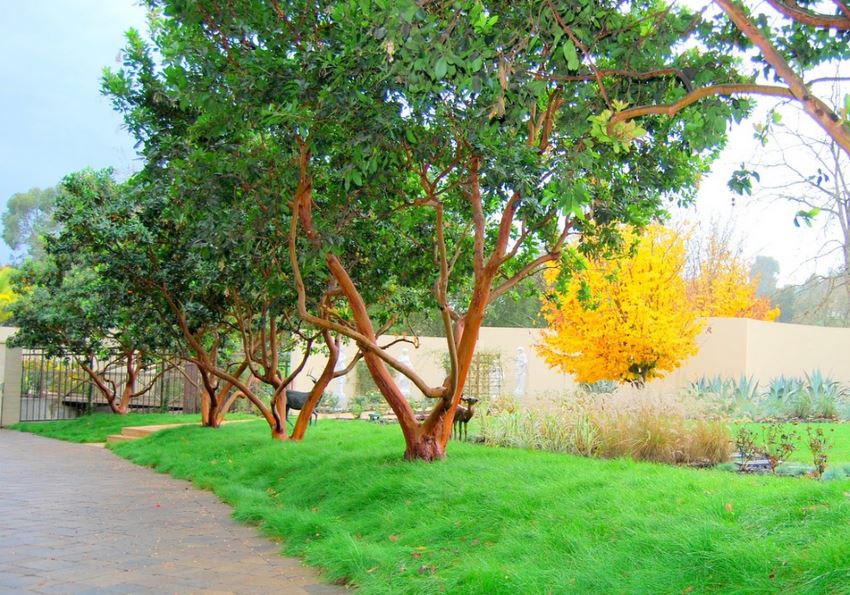
Let’s talk water. When it comes to watering the lawn, it’s better to water once or twice a week for longer periods of time (such as an hour with a sprinkler) than to cover the grass with water from the hose for a few minutes a day. In other words, go for longer, more quality watering sessions to encourage the deep growth of roots. This is ultimately more effective than watering a little bit each day. After all, deeper roots promote healthier grass! [photo from ORBIS Design]

Potential Problems and Helpful Solutions
We now shift from basic lawn care to identifying issues that challenge green lawn seekers. Got bald spots? This is one of the most common lawn problems people encounter, and determining the cause can be tricky. Here are some possible issues your lawn may be facing: [photo from Toll Talks]
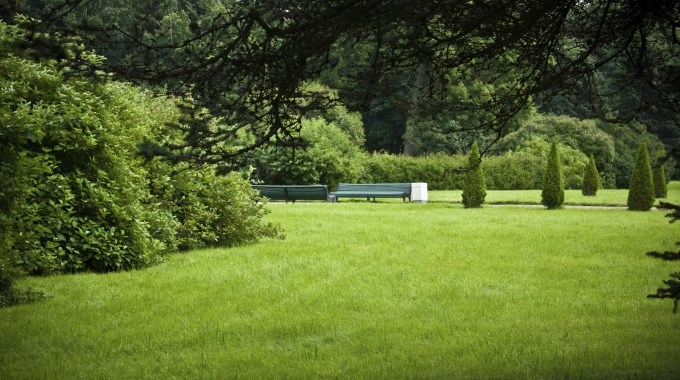
Areas of the grass that experience heavy foot traffic are often unhealthy. Consider adding stepping stones to these spots so foot traffic remains off the grass. [photo from Garden Lovers Club]
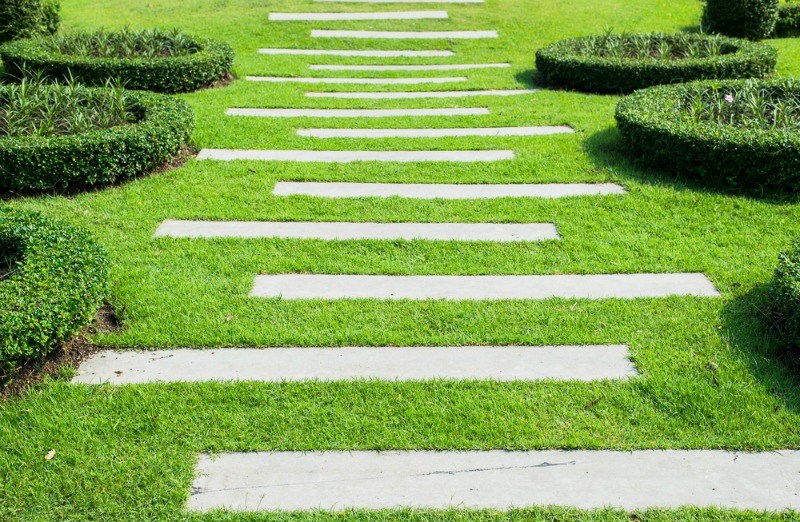
Sometimes the lawn thins when less than ideal growing conditions persist. For example, a portion of your yard may get heavy sunlight, or not enough sunlight. Or perhaps too much fertilizer is to blame. [photo from Lowe’s]
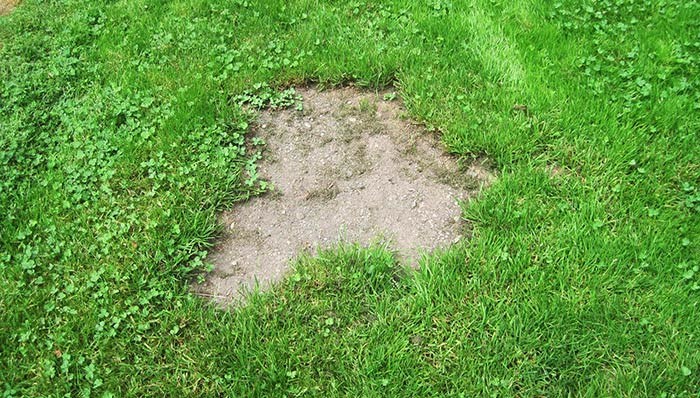
Bare spots on the lawn can also indicate the presence of pests, such as grubs or chinch bugs. It’s extremely important to identify the pest, as the treatment will vary depending on the specifics of the problem. This helpful article from DIY Network is a great place to start. [photo from Tampa Bay Times]
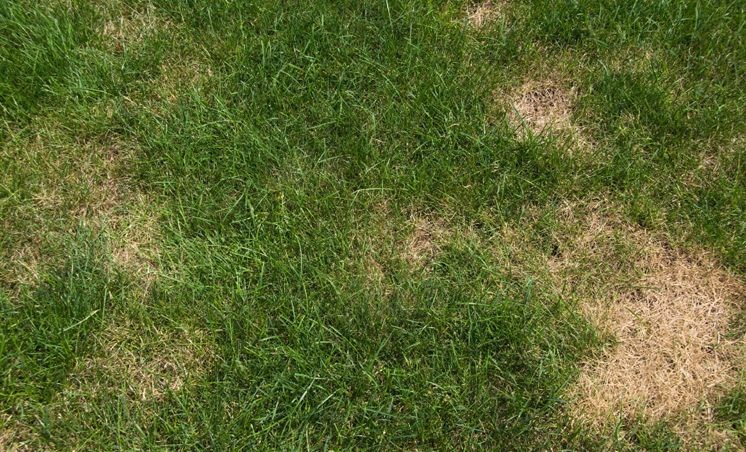
If you’ve determined that pests are not an issue and you simply need to fill in bare spots, applying grass seed can help replenish your lawn. The best time of the year to do this varies with the type of grass you have. As always, do your research, talk to the professionals, and determine the ideal time for applying the seed. Of course, watering to help the seeds take root is encouraged! [photo below from Purvis (follow the link for helpful seeding tips)]
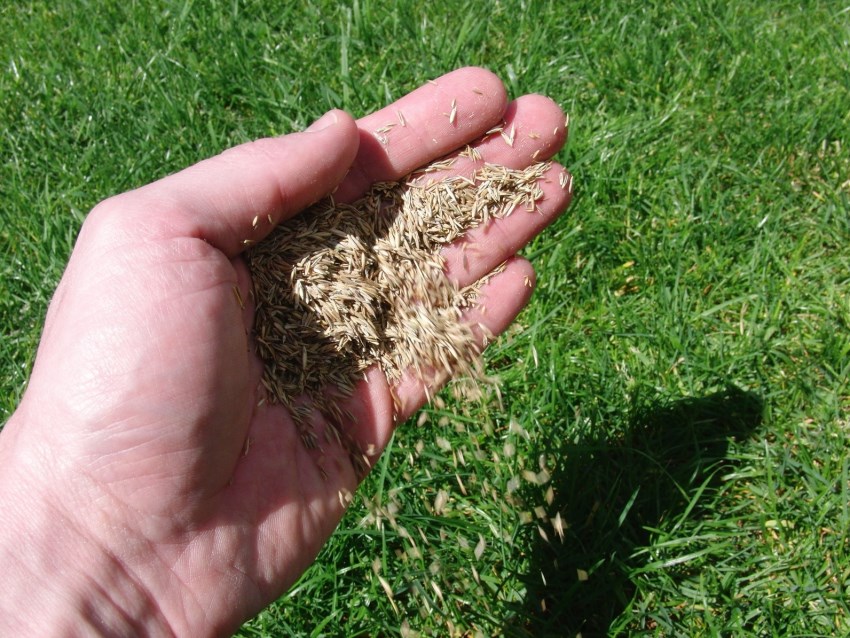
Installing sod is another option. Keep the sod from drying out by making sure it’s moist before installation. [photo from Wannemaker’s Home and Garden]
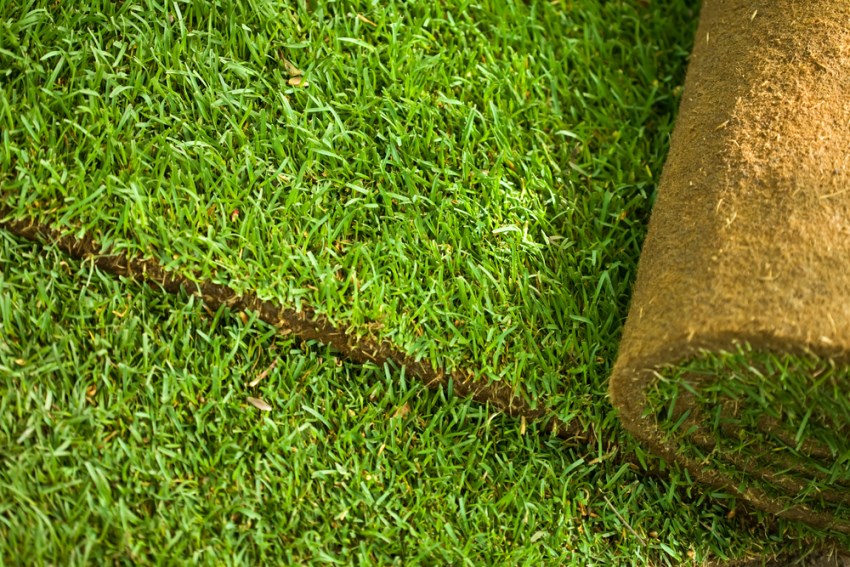
We hope today’s post has been a helpful first step in creating the green lawn of your dreams! Don’t hesitate to get the opinion of an expert when it comes to identifying problems or figuring out the lawn care strategies required for the specific grass in your yard. Here’s to a healthy, green summer! [photo by DMax Photography, from Swell Homes]
